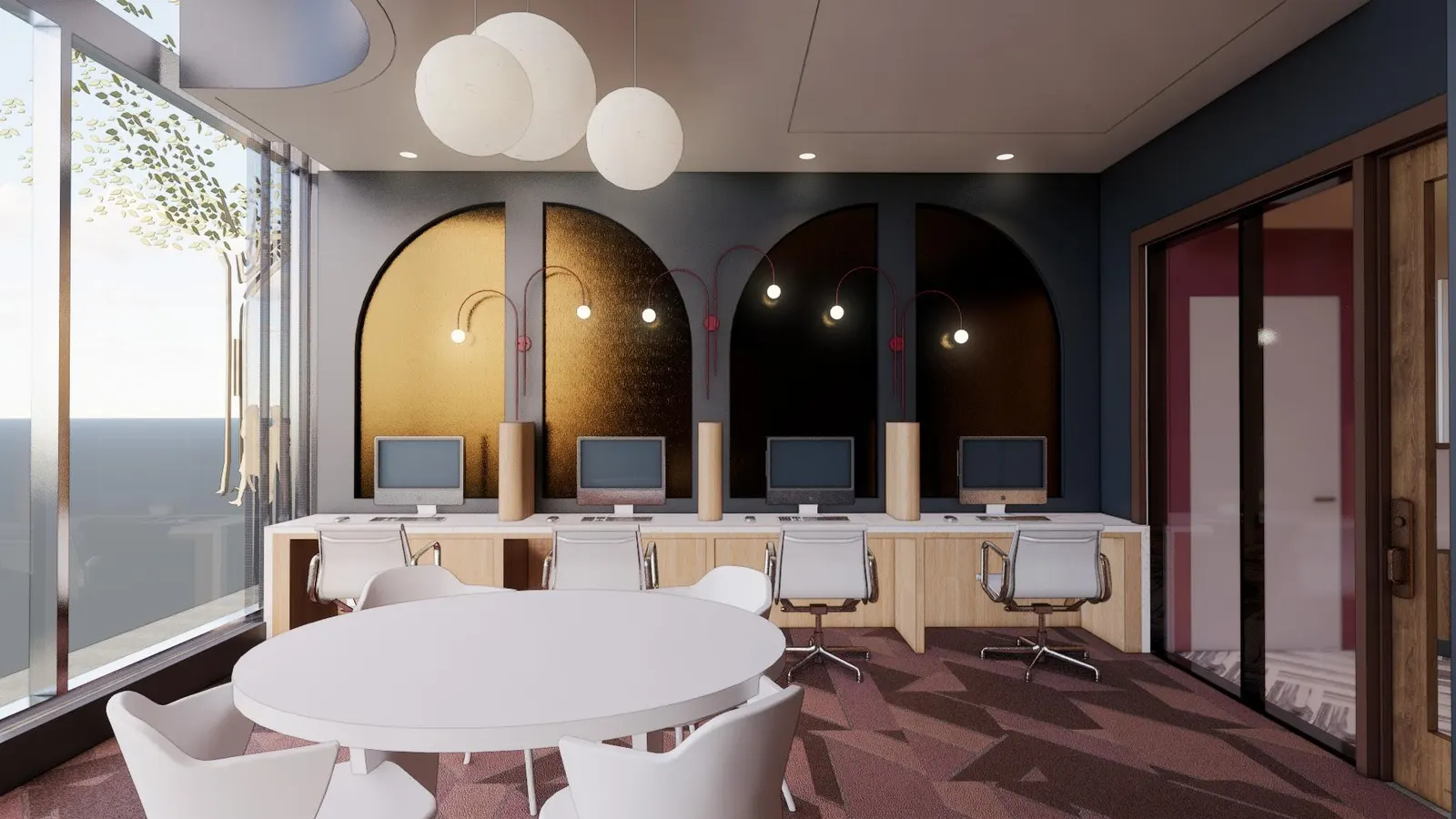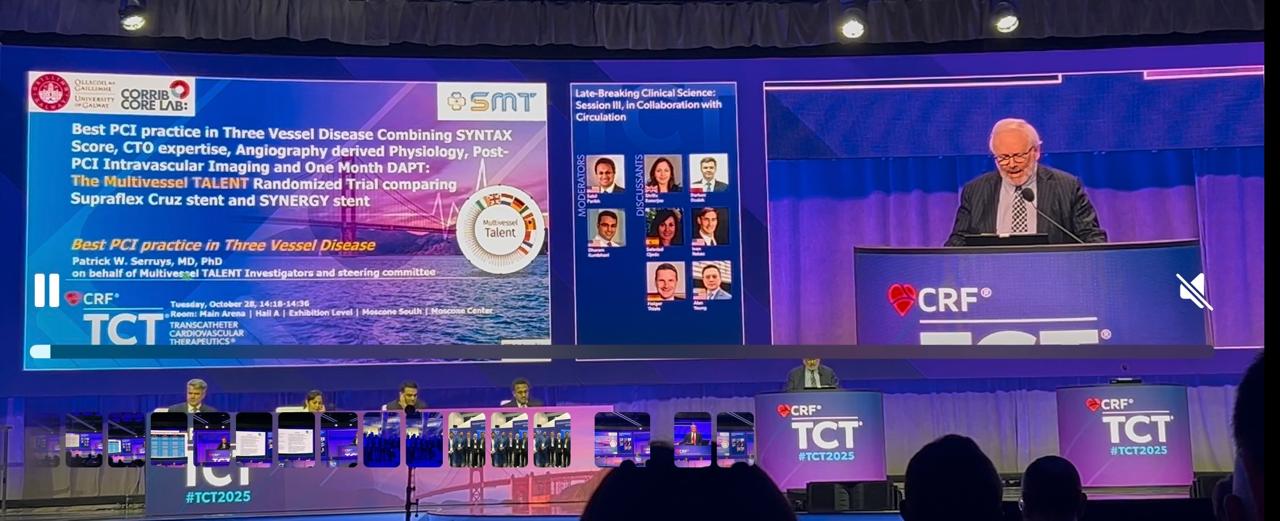Copyright forbes

The business center at Samuel Madden Homes in Alexandria, Va., an affordable housing community developed by Fairstead. Determined by Design Among the overarching themes of 2025 has been the dramatic federal rollback of funding aid for much-needed staples Americans depend on, among them housing, healthcare and food. Alterations to eligibility, funding structures and work mandates are translating to cuts to the Supplemental Nutrition Assistance Program (SNAP), or food stamps. The fiscal year 2026 budget proposal aims to slash housing funding and rental assistance programs such as Housing Choice Vouchers. In addition, changes to Medicaid, the Affordable Care Act and public health agencies stand to leave millions uninsured. As the federal government steps away, some housing developers are stepping up. They are teaming with local governments, nonprofit organizations and private entities to do more than provide safe and affordable housing. They’re also helping their residents gain access to necessities like foods, basic healthcare and job training. They are proving that while housing is fundamental to quality of life, it can also be a stepping-stone to community revitalization and a potent mechanism to address structural inequality. Social services Among these developers is New York City-based Fairstead, a national real estate company whose 25,000 affordable housing units span across 28 states. Partnering with the Alexandria (Va.) Redevelopment and Housing Authority and The Communities Group, the company is redeveloping the city’s Samuel Madden Homes, a public housing development built in the mid-1940s to house African-American defense workers in the city’s Uptown enclave. The multi-block project will yield 207 affordable units. On the ground floor, retail space will be anchored by nonprofit partner ALIVE! and will provide food and additional services for the enclave of Old Town Alexandria. Another developer undertaking similar efforts is San Rafael, Calif.-based EAH Housing, whose tagline, “A roof is just the beginning,” speaks volumes about its mission. The 57-year-old company develops affordable housing, manages more than 240 communities in Hawaii and California and takes a leadership stance on housing advocacy endeavors at the national, regional and local levels. The company’s housing serves 250,000 seniors, families, veterans, students, special needs people and the formerly unhoused. EAH Housing complements its affordable residences with much-needed supportive resident services. They include digital literacy education, scholarship opportunities and its StayWell program, which encompasses healthy eating, active living, community building, physical and mental health, education and technology and civic engagement. MORE FOR YOU Hurdling obstacles Fairstead steps up when others step back due to piecemeal public initiatives, antiquated infrastructure and hit-or-miss financing. The firm confronts these hurdles head-on, identifying creative financing ideas and forging partnerships to build programs that enhance the quality of life for residents, says Jeffrey Goldberg, Fairstead CEO. “And we do it without shifting the cost burden to our communities,” he adds. “We’re building communities where access to food, healthcare and economic opportunity isn’t a privilege, it’s the standard. For example, at our Samuel Madden community in Alexandria, we’re partnering with the nonprofit ALIVE! to establish an on-site food and social services hub. This kind of collaboration lets us go beyond housing, opening doors to better economic futures and stronger community resilience.” EAH Housing CEO Laura Hall believes genuinely resilient communities aren’t built solely on shelter, but also on opportunity, stability and dignity. Affordable housing is viewed through a wider lens, incorporating food security, access to healthcare and workforce development support directly within the communities EAH serves. “At EAH, we’re exploring new models and partnering more deeply with mission-aligned organizations, including those less vulnerable to public budget cycles,” Hall says. “We believe that unlocking community resilience in the years ahead will depend not only on policy but on innovation, collaboration and new forms of investment in human potential.” Editorial StandardsReprints & Permissions



